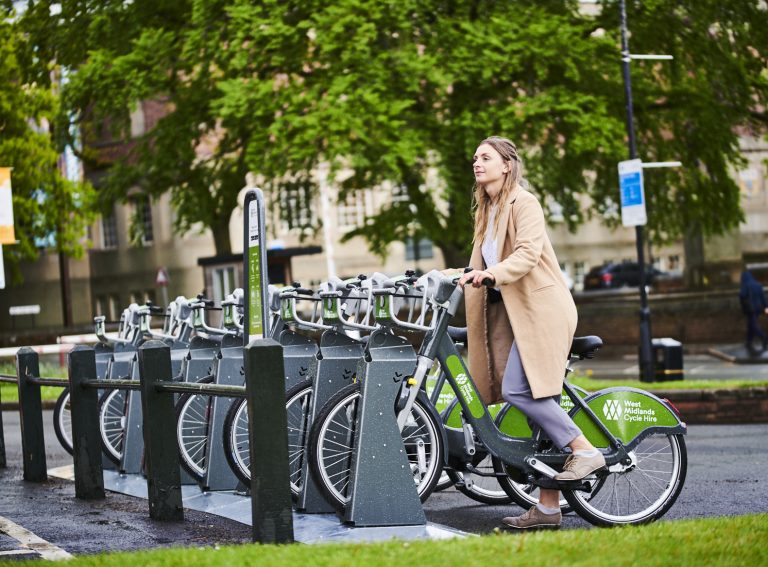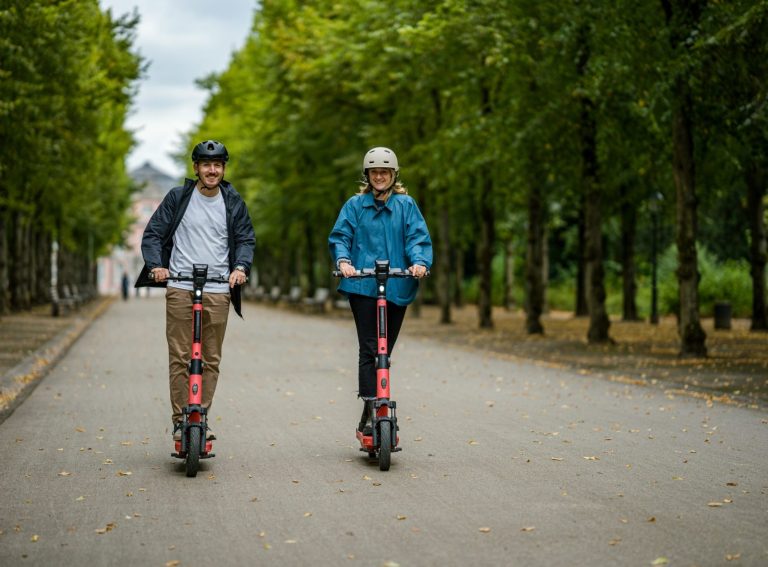New research from transport consultancy TRL has found that English local authorities with higher levels of Bikeability training for early ages experience lower rates of road fatalities and serious injuries.
Bikeability is the government’s national cycle training programme administered by the Department for Transport’s Bikeability Trust. Level 2 training equips children aged 9 to 11 with the skills needed to confidently cycle on suburban roads with moderate traffic.
Conducted for the Bikeability Trust, TRL’s report found a statistical association between Level 2 training and fewer overall killed or seriously injured (KSIs) and cyclist KSIs in English local authorities.
“The results from this initial analysis are certainly positive,” TRL Head of New Mobility and co-author of the report George Beard told Zag Daily. “A significant statistical association was identified, however some caution is needed in that we cannot infer causation from this kind of analysis.”
Using four models, TRL examined data across a 10-year period in 109 local authorities to establish whether there was an association between Bikeability training and KSIs.
As well as the statistical association between Level 2 training and fewer overall KSIs, the report found higher levels of deprivation to be significantly associated with increased rates of KSIs and a link between increased traffic and a rise in KSIs. It further found that urban areas generally experience higher KSI rates than rural locations.
“It is possible that Bikeability training has a direct impact on KSI rates, for example whereby participation in training as a child helps to foster improved road safety awareness and safer road user behaviour in general,” George said.
“However, another hypothesis might be that this association is reflective of a more robust approach to road safety being taken in certain local authority areas.”
For example, George said it may be the case that local authorities with more Bikeability training offer greater numbers of other road safety interventions such as road improvements, education and enforcement. Collectively, these results may lead to fewer road collisions.
The report also found that a statistical association did not occur between Level 3 training – which builds on Level 2 – and KSIs. However, it states that if more data was available for L3 training then an association may arise.
TRL commends the Bikeability Trust for this study and calls for further detailed analysis with a larger dataset to test and strengthen the findings of this report.




